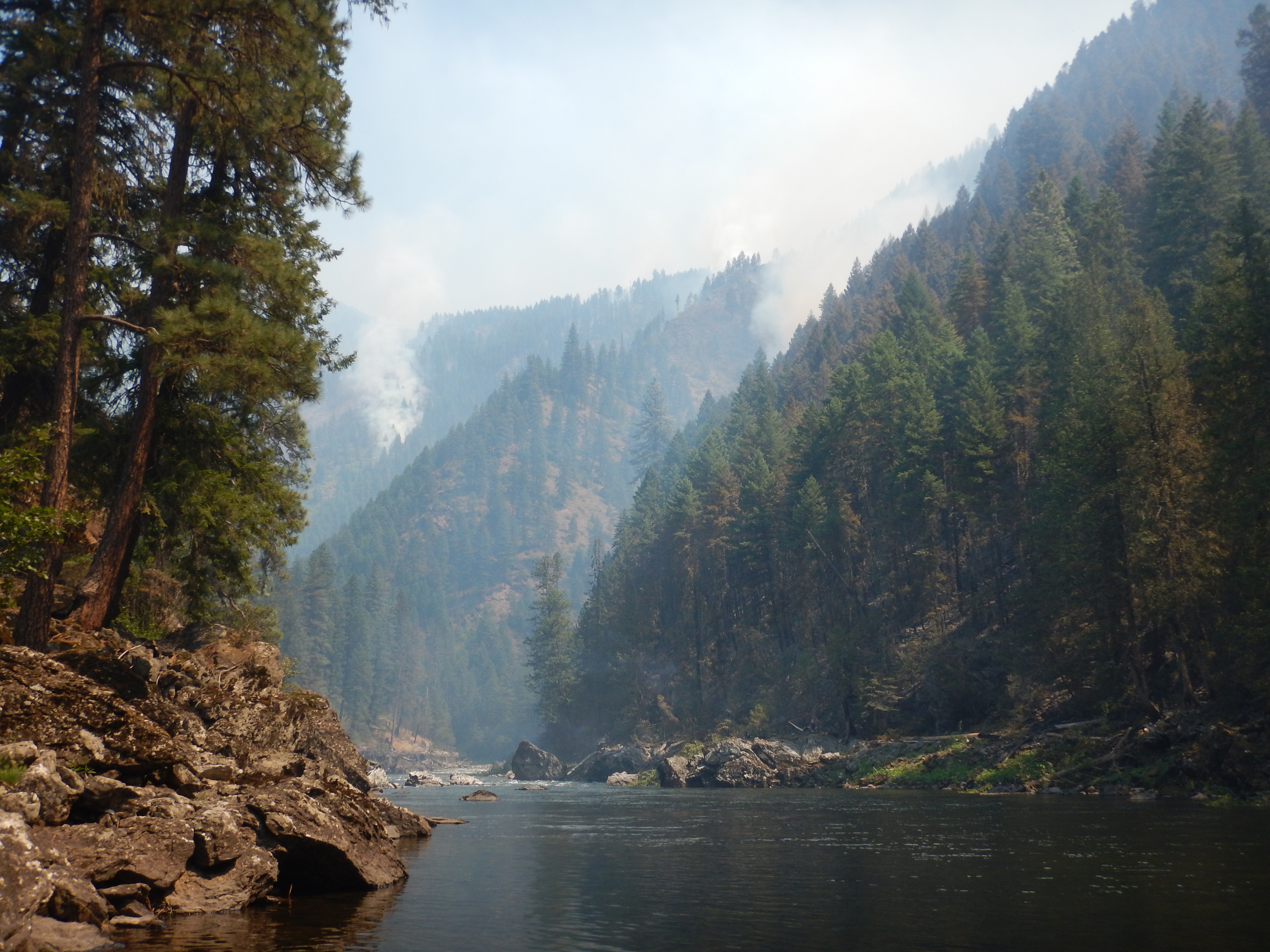Presented by: Melissa Jaffe, University of Montana
High-severity fires create lasting effects on landscape vegetation mosaics. Recent increases in fire activity and severity highlight the need to understand the long-term effects of high-severity fire, including interactions with subsequent fires. This webinar presented results from a study that investigated the influence of fire frequency (once, twice, and thrice burned from 1910-2017) on forest fuel, structure, and regeneration in areas that initially burned at high severity in the Selway Bitterroot Wilderness (SBW) in 1910 and 1934.
During the early twentieth century fire suppression was not yet effective, thus these fires occurred during a more intact fire regime. The wilderness study area reduces confounding factors such as modern fire suppression, salvage logging and roads. Using historical datasets and satellite imagery, researchers created a continuous fire atlas of both perimeters and severity for the SBW from 1870-2021, and measured how variables including live tree basal area, coarse woody material, shrub and tree dominance, and conifer regeneration changed with burn frequency and severity. Managers may find this information helpful when determining treatments, and policy makers may take interest in the fate of the historical high-severity fires that led to such a shift in policy and management in the twentieth century.
Recording(s)
Event Details
Mar 1 2022, 11am - 12pm
